Musculoskeletal Injuries – An Overview
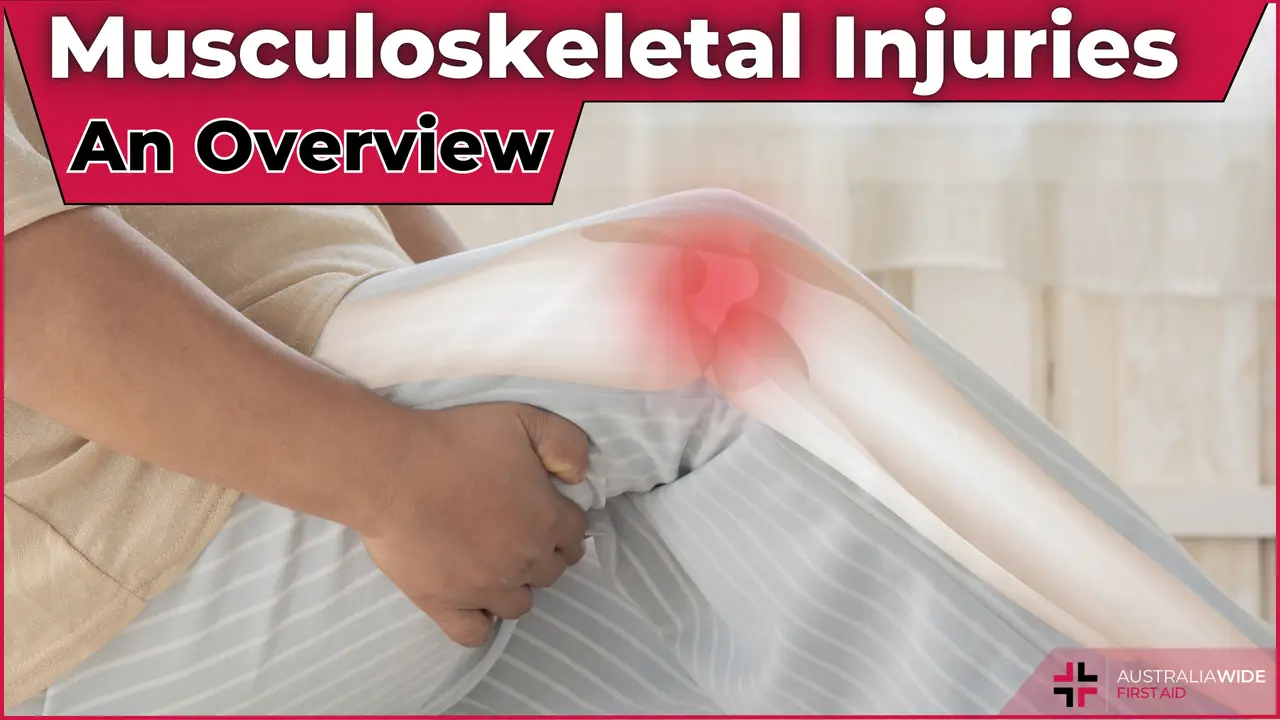

The musculoskeletal system is the foundation of human movement, support, and protection, playing a critical role in our ability to perform everyday tasks.
Comprising bones, muscles, cartilage, tendons, ligaments, and other connective tissues, it works in harmony to provide stability, facilitate movement, and safeguard vital organs.
However, injuries or disorders affecting this intricate system can significantly impact an individual's quality of life, leading to pain, disability, and reduced function.
Understanding the components and functions of the musculoskeletal system is essential for preventing injuries and managing conditions that may arise, particularly in workplaces where manual handling tasks are common.
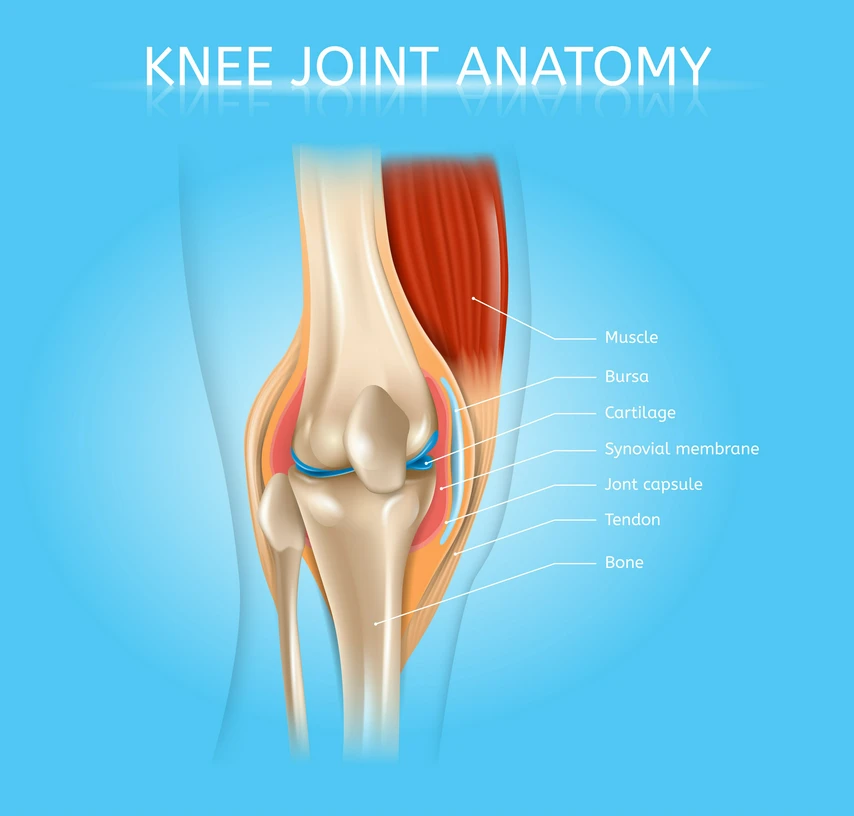
The musculoskeletal system is a complex organ system that provides humans with the ability to move, support their body, and protect vital organs. It consists of bones, muscles, cartilage, tendons, ligaments, and other connective tissues.
Components of the Musculoskeletal System
Bones - Bones provide structural support, protect internal organs, and facilitate movement by serving as points of attachment for muscles. Bones are composed of a hard outer layer (cortical bone) and a spongy inner layer (trabecular bone) that contains bone marrow, where blood cells are produced.
Muscles - Muscles are responsible for producing movement by contracting and relaxing. They also help maintain posture and generate heat to keep the body warm. There are three types of muscles—skeletal (voluntary muscles that move bones), smooth (involuntary muscles found in organs), and cardiac (muscle of the heart).
Cartilage - Cartilage is a flexible, rubbery connective tissue that provides cushioning and support at joints. It reduces friction between bones and absorbs shock.
Tendons - Tendons are strong, fibrous connective tissues that attach muscles to bones, allowing the transfer of force from muscle contraction to bone movement.
Ligaments - Ligaments connect bones to other bones at joints, providing stability and limiting excessive movement. Like tendons, ligaments are made of dense collagen fibres, making them strong and resilient.
Other Connective Tissues
Fascia - A band or sheet of connective tissue that surrounds muscles, blood vessels, and nerves, binding some structures together while permitting others to slide smoothly over each other.
Bursae - Small fluid-filled sacs that reduce friction between moving parts in the body's joints.
Function and Integration
The musculoskeletal system works through the integration of its various components: Movement - Skeletal muscles contract, pulling on tendons, which then move bones at joints. This coordinated effort allows for voluntary movements like walking, lifting, and grasping objects. Support - Bones provide a rigid framework that supports the body’s weight. The vertebral column (spine) is a key support structure that maintains the body’s posture. Protection - Bones protect vital organs. For example, the skull encases the brain, and the rib cage shields the heart and lungs.
The Spine
The spine, also known as the vertebral column or backbone, is a crucial part of the human skeleton. It serves several essential functions:
Many of the more serious musculoskeletal injuries that occur involve the spine. Injuries here can be live-altering, resulting in severe chronic conditions or even permanent disabilities.
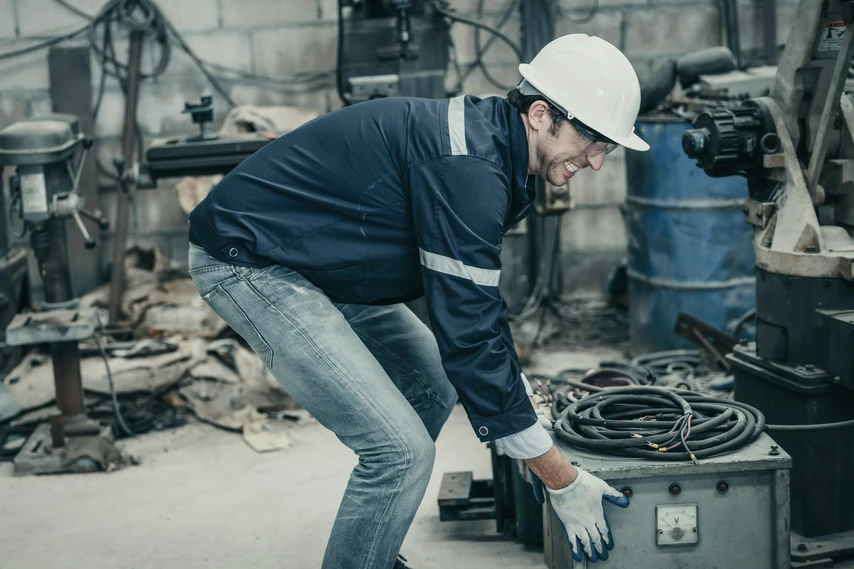
Musculoskeletal disorders (MSDs) encompass a wide range of conditions that affect the muscles, bones, tendons, ligaments, nerves, and other components of the musculoskeletal system.
These disorders can result from acute injuries, chronic overuse, degenerative changes, or inflammatory processes.
They are a leading cause of disability and pain, impacting an individual’s quality of life and ability to perform daily activities, including work.
According to the Hazardous manual tasks Code of practice 2021: The term ‘MSD’ refers to an injury to, or a disease of, the musculoskeletal system, whether occurring suddenly or over time. It does not include an injury caused by crushing, entrapment or cutting resulting from the mechanical operation of plant.
An MSD may include:
An MSD can occur in two ways:
Injuries can also occur due to a combination of the above mechanisms.

There are numerous MSD that may present over the course of your life. This manual will only detail those which are related to manual handling tasks and injuries.
Osteoarthritis (OA)
A degenerative joint disease characterized by the breakdown of cartilage and the underlying bone. It can be caused by aging, joint injury, obesity, and genetic factors. Symptoms to watch for include joint pain, stiffness, swelling, and decreased range of motion.
Tendinitis
Inflammation of a tendon, typically due to overuse through repetitive motions, a sudden increase in activity, or acute direct injury. Symptoms include pain, tenderness, and limited movement in the affected area.
Carpal Tunnel Syndrome (CTS)
A condition caused by compression of the median nerve as it travels through the carpal tunnel in the wrist. This can cause numbness, tingling, and weakness in the hand and fingers. Repetitive hand movements, wrist anatomy, and certain health conditions like diabetes are the usual culprits for this disorder.
Lower Back Pain
Pain in the lower back region, which can be acute or chronic, presenting as pain, muscle spasms, and limited mobility. Lower back pain can be caused by poor posture, muscle strain, herniated discs, and degenerative disc diseases.
Fibromyalgia
A chronic condition characterized by widespread musculoskeletal pain, fatigue, and tenderness in localized areas. These in turn can cause sleep disturbances and cognitive difficulties. The exact cause unknown, but factors include genetics, infections, and physical or emotional trauma.
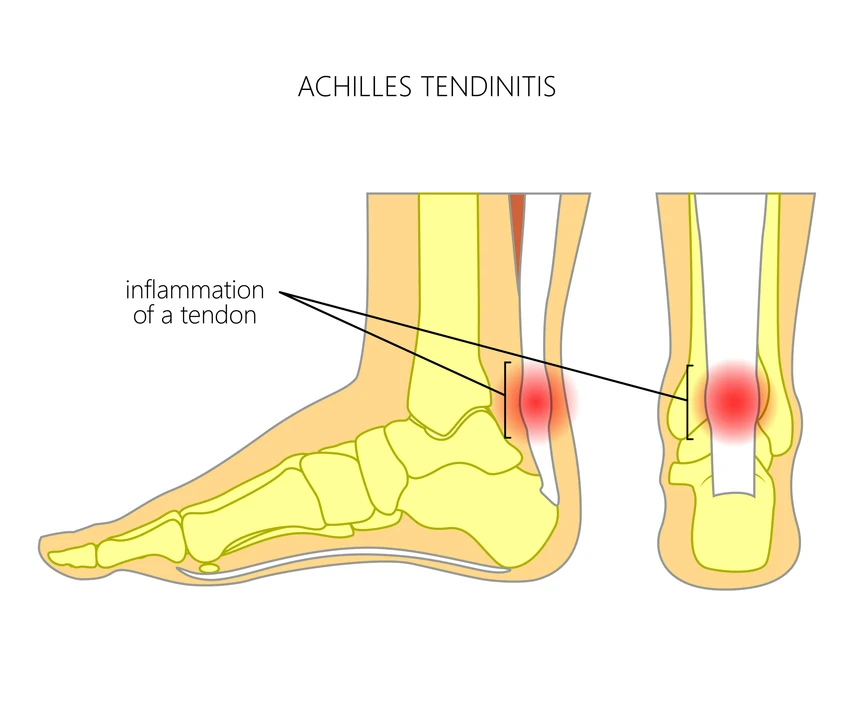
The latest data from The Australian Bureau of Statistics covers the 2021-22 financial year. It is important to note that these data points are lower than they had been in previous studies as a result of the impact of COVID-19 on workplaces across Australia.
During the 2021-22 financial year:
The most common types or injuries or illnesses sustained were:
In 2021-22, the most common causes of work-related injuries were:
The following highest causes of work-related injuries were caused by, in order of incidence, repetitive movement, stress or exposure to mental stress, fall from a height, and prolonged standing or working in cramped or unchanging positions.
From this data it is apparent that tasks involving manual handling of people, animals, or object contribute significantly to workplace injuries.
The bodily locations of serious claims (involving more than one week or working time lost) according to Safe Work Australia for the same time period notes that the upper limbs are the site of most injuries.
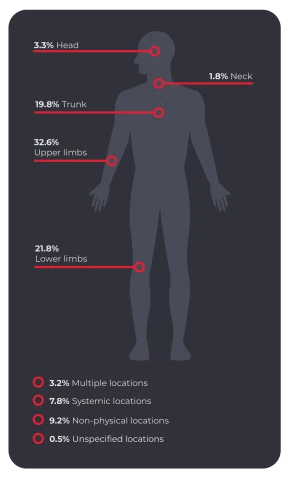
The musculoskeletal system is a vital and complex network that enables movement, provides structural support, and protects essential organs. However, it is susceptible to a range of disorders and injuries, particularly in environments that involve repetitive or strenuous physical activity.
Recognising the importance of proper ergonomics, posture, and injury prevention strategies can significantly reduce the risk of musculoskeletal disorders, improving both personal well-being and workplace safety.
By fostering awareness and taking proactive steps, individuals and organisations can help mitigate the impact of these common but often preventable conditions.

March 6, 2025
Falls are one of the most common causes of injury, particularly among children and older adults. Whether it’s a simple trip or a serious fall from height, knowing how to administer first aid can prevent further injury and, in some cases, save a life.

October 1, 2024
The musculoskeletal system is the foundation of human movement, support, and protection, playing a critical role in our ability to perform everyday tasks. Understanding the components and functions of the musculoskeletal system is essential for preventing injuries and managing conditions that may arise, particularly in workplaces where manual handling tasks are common.
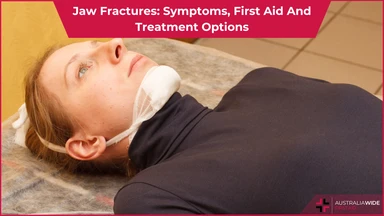
August 28, 2024
A jaw fracture is a break or crack in the jawbone. This type of injury can occur due to various reasons and may result in considerable pain and difficulty in performing everyday activities like eating and speaking.